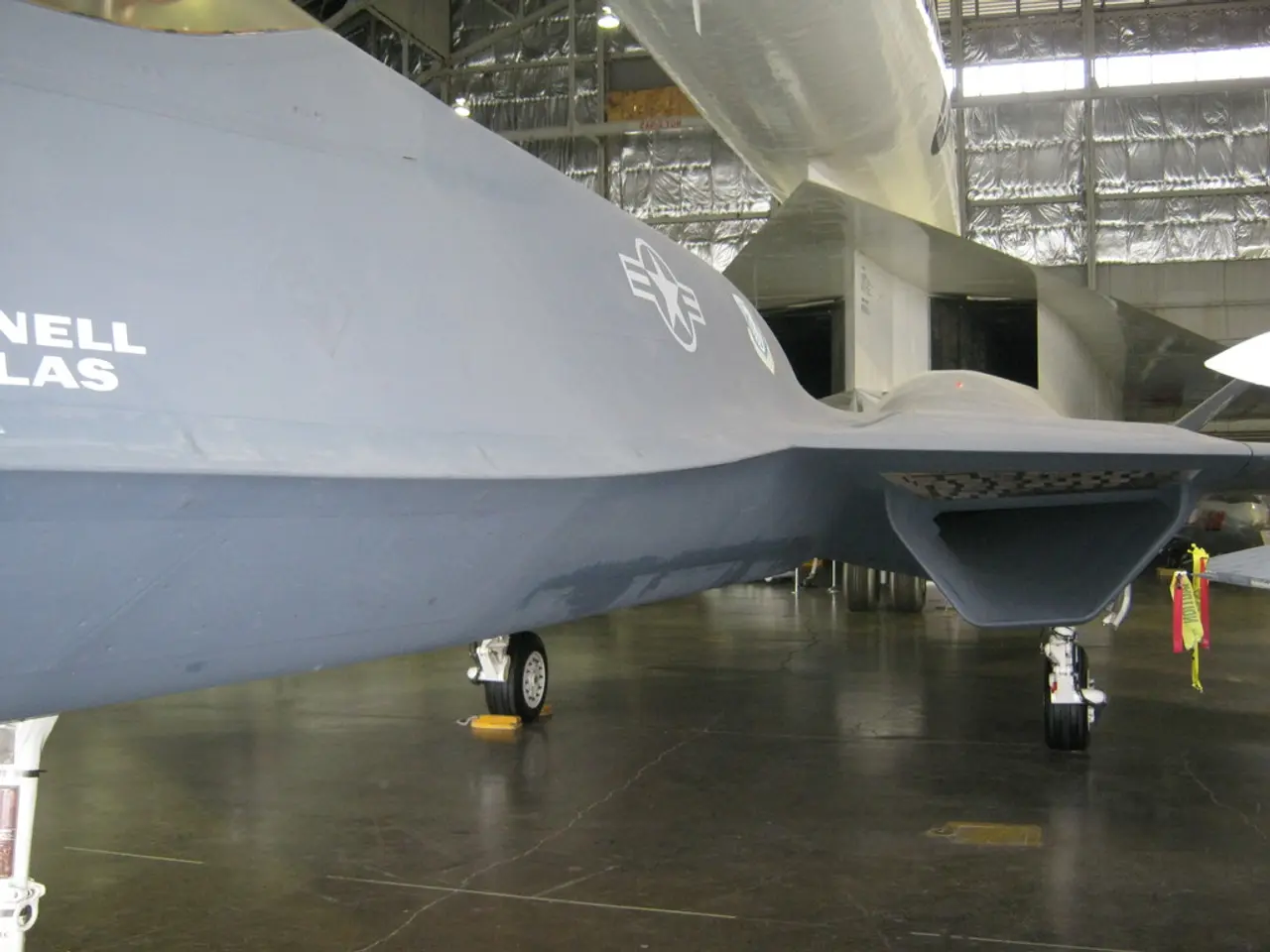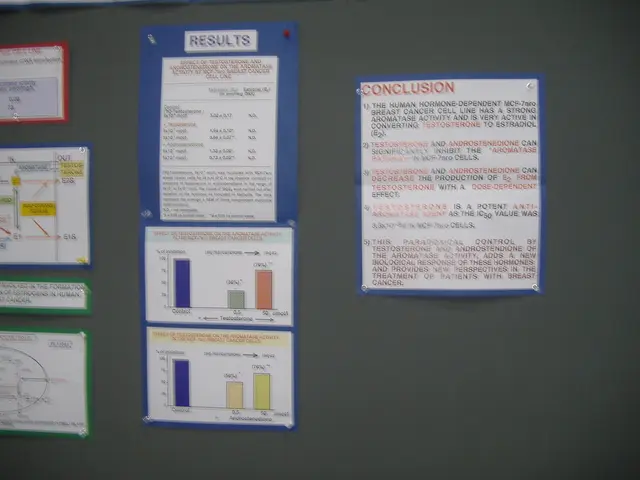Japan's JMSDF Monitors China's PLAN Carrier Activity Amid Close Interceptions
Japan's Maritime Self-Defense Force (JMSDF) has been closely monitoring the People's Liberation Army Navy (PLAN) due to increased carrier activity. This summer, China deployed two aircraft carrier groups, an unprecedented move, with one incident involving a close interception of a Japanese surveillance aircraft.
The JMSDF has been tracking the PLAN's carriers, Liaoning and Shandong, as they operated together for the first time and ventured beyond the First Island Chain. Japanese surveillance aircraft, including the P-1, have been monitoring these movements. The P-1, a jet-powered aircraft, is replacing the older turboprop-engined P-3Cs. Currently, 35 P-1s and 27 P-3Cs are in service, with Japan planning to acquire 19 more P-1s in the coming years.
In a recent incident, Chinese fighter jets intercepted a Japanese surveillance aircraft at a distance as close as 45 meters. The PLAN pilot may have attempted to 'thump' the Japanese aircraft using wake turbulence. Japan's Ministry of Defense published a detailed report on the carriers' movements between May 25 and late June, including Liaoning's sail into the 200 nautical mile (230 mile) exclusive economic zone (EEZ) of Minamitori-shima, a Japanese island in the Western Pacific.
The increased PLAN carrier activity has led to closer monitoring by the JMSDF. While Japan upgrades its surveillance aircraft fleet, incidents like the close interception highlight the need for vigilance and diplomatic dialogue to maintain regional stability.
Read also:
- American teenagers taking up farming roles previously filled by immigrants, a concept revisited from 1965's labor market shift.
- Weekly affairs in the German Federal Parliament (Bundestag)
- Landslide claims seven lives, injures six individuals while they work to restore a water channel in the northern region of Pakistan
- Escalating conflict in Sudan has prompted the United Nations to announce a critical gender crisis, highlighting the disproportionate impact of the ongoing violence on women and girls.








